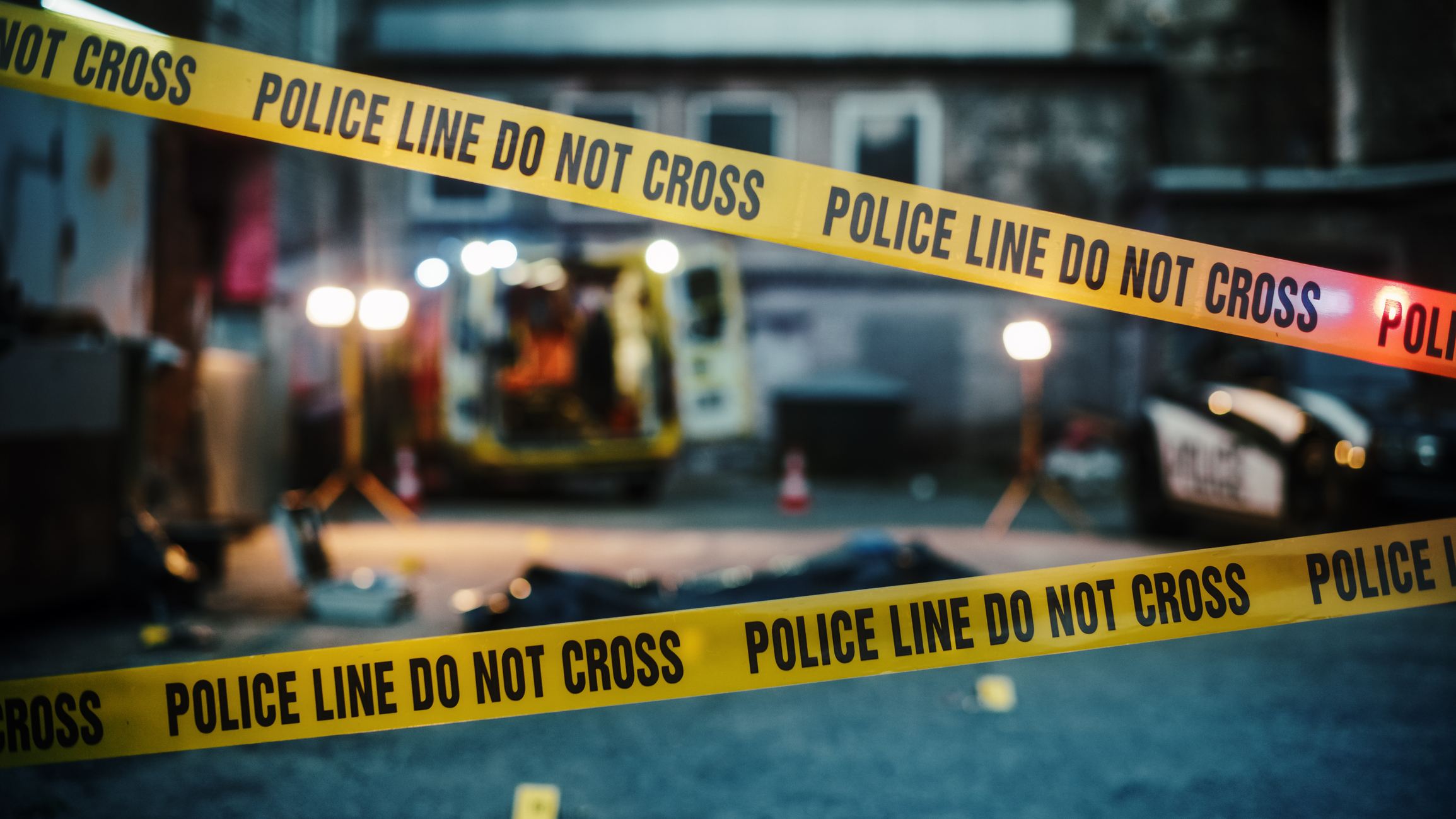We’re just 10 days into August, and gunfire has already erupted across the country in iconic urban centers, quiet rural towns, military installations and even music venues. This underscores a grim reality: gun violence remains a persistent, complex crisis in America.
August’s toll:
-
In New York City’s Times Square, multiple people were injured in a shooting that rattled one of the world’s busiest tourist spots, even late at night.
-
Near Atlanta’s CDC campus at Emory University, a gunman killed a police officer after blaming the COVID-19 vaccine for his depression, a stark example of how misinformation and mental health crises can lead to deadly violence.
-
At Fort Stewart Army Base in Georgia, an active-duty soldier opened fire on fellow service members, injuring five before being subdued.
-
In Chicago, at least 10 people were shot over the weekend, with two fatalities.
-
Baltimore saw one killed and five wounded, including a 5-year-old girl, in an outdoor neighborhood gathering turned violent.
-
In Los Angeles, a warehouse party erupted in gunfire, leaving two dead and six injured amid chaos and confusion.
-
And in Southwestern Montana, four people were fatally shot at The Owl Bar, a quiet town shattered by sudden violence; the suspect remained at large for nearly a week before capture.
Different places, similar forces
These incidents span vastly different settings—a tourist hotspot, a public health campus, a military base, city neighborhoods, a music event, and a rural bar—yet they share troubling commonalities:
-
Mental health and misinformation: Particularly in Atlanta, conspiratorial beliefs fueled by personal despair escalated into lethal violence. Similar signs of crisis appear in other cases, spotlighting gaps in early intervention and support.
-
Easy access to firearms: Whether in crowded urban spaces, secure military environments or rural towns, guns were available and wielded with devastating effect.
-
Social tension and conflict escalation: Rapid shifts from disputes to shootings reveal a frayed social fabric, where violence becomes a frequent and often fatal response.
Community and official responses
Authorities reacted swiftly to lockdowns, medical care and arrests. Yet the cycle of violence persists, reflecting deeper systemic challenges. Calls for stronger gun regulations, improved mental health services, and combating misinformation continue to meet political stalemate and logistical hurdles.
The broader reality
These shootings, though unique in location and circumstance, are linked by the sobering fact that gun violence in America remains pervasive and multifaceted. The ripple effects extend far beyond victims and families, reshaping how communities feel safe in everyday life.
Unless comprehensive strategies address not just firearms but also mental health infrastructure and the corrosive impact of misinformation, this deadly pattern is likely to continue.


